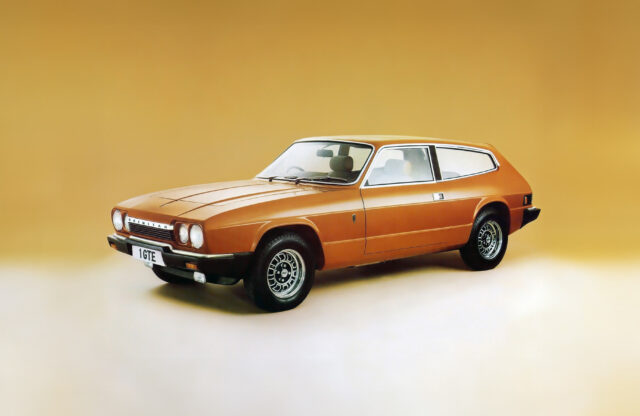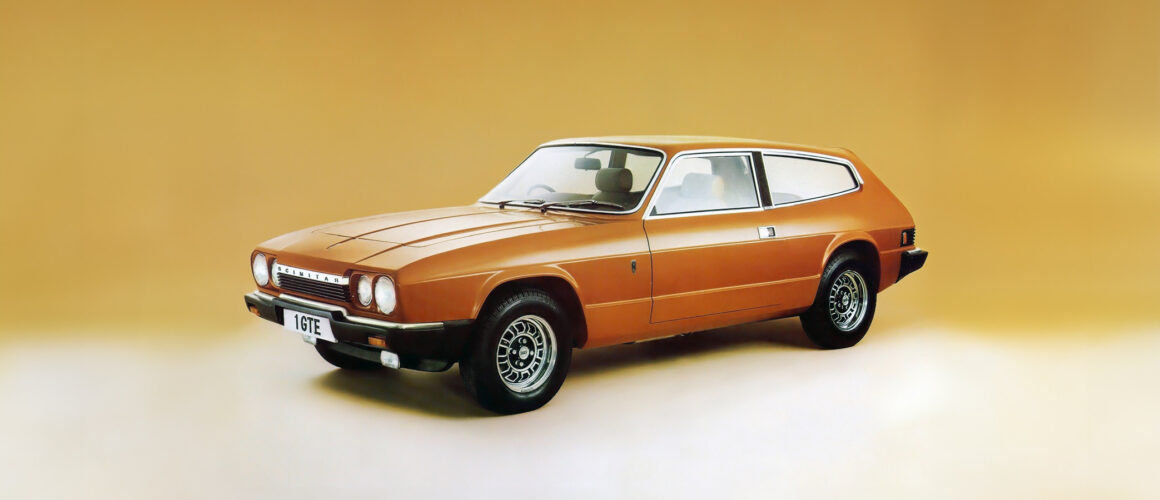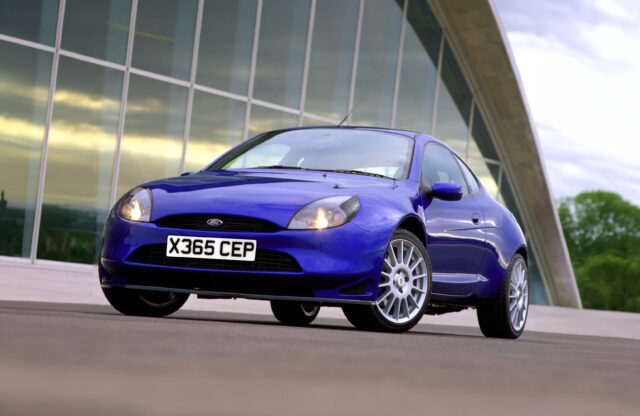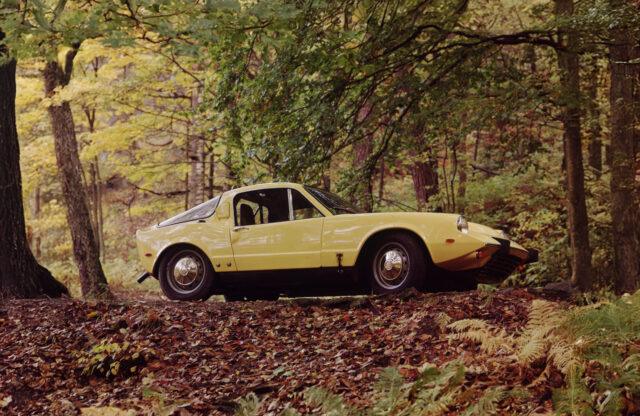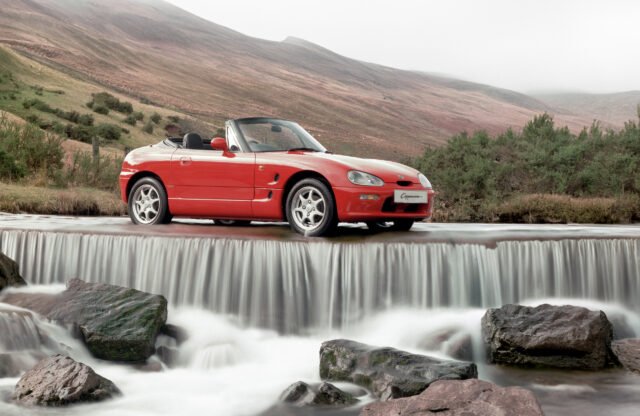rust-immune glassfibre body and sturdy Ford mechanicals, the Reliant Scimitar GTE is surprisingly difficult to kill. Despite a bit of a flakey reputation for reliability during its earlier years, as time has gone on this stylish shooting brake has seemed like a fairly safe bet for some affordable fun. However, it has remained just far enough below the mainstream radar to keep prices low.
We wouldn’t go as far as saying the GTE is unloved, but it is certainly under-appreciated. There’s a thriving community supporting the survivors, while most of the car’s foibles have long since been ironed out. Prices remain pleasingly down-to-earth, which is why you can’t really go too far wrong. Here’s what you need to know
Reliant Scimitar GTE history
Although the original SE5 GTE was launched in 1968, the Scimitar actually traces its roots back to the shortlived 1962 Ogle SX250. This two-door luxury coupé was bought by Reliant and, with substantial re-development, sold as the SE4 Scimitar GT from 1964. It was powered by a Ford Zodiac-sourced straight-six to begin with, and power switched to the much better 3.0-litre Ford ‘Essex’ V6 from 1966. Beneath the glassfibre body was a steel box-section chassis, with Triumph TR-derived double A-arm front suspension, and a live rear axle located by trailing arms, coil springs and a Watt’s linkage.
The idea for a shooting brake version had been considered, but it was the one-off Triplex Ogle GTS show car in 1965 – styled by Tom Karen of Ogle – that convinced Reliant of its real potential. Karen was asked to design a more production-friendly version and within two years it had gone from drawing board to reality. Much had changed under the skin, with a new chassis set-up honed by John Crosthwaite as well as a much larger fuel tank to aid long-distance touring. Long gearing gave it relaxed cruiser credentials, making the most of the Ford’s torquey powerplant for this budget GT car – with an automatic gearbox offered from 1970, too.
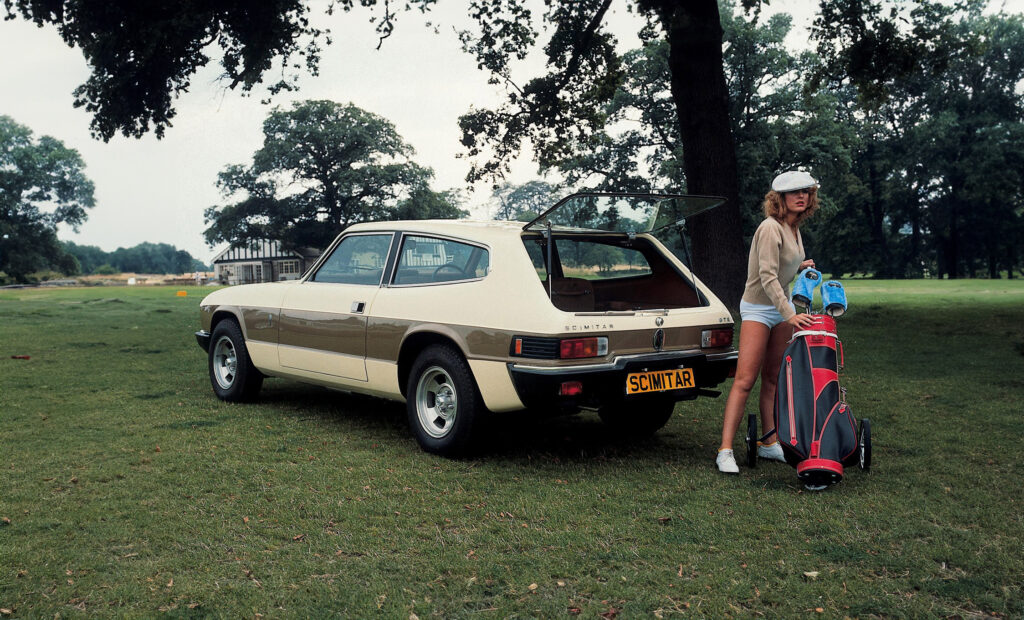
The following year saw the introduction of the revised SE5a model, bringing in an updated 138bhp V6 engine as well as an improved dashboard. A more comprehensive update came along with 1975’s SE6, in an effort to move the car more upmarket. The Scimitar grew larger in every direction – with more cabin space to make it a genuine four-seater – and gained a new 1970s identity thanks to bigger bumpers and new headlamps. A few brake and suspension revisions rounded out the changes. It was the 1979 SE6b that finally gave this bigger and heavier Scimitar the power it deserved, with the introduction of the 160bhp 2.8-litre Cologne V6.
Ogle once again consulted on a new offshoot: the convertible GTC model in 1982. It failed to find many buyers, though, and production continued until Reliant pulled the plug on both models in 1986. But that wasn’t quite the end of the story. A deal was done with a small company called Middlebridge Scimitar Ltd in 1987, allowing this operation to continue improving and building the Scimitar. A run of only 77 of these 2.9-litre five-speed Scimitars were built before the company ceased trading in 1989.
Common problems
• Both the early Essex V6 and later Cologne units are tough and unstressed, so if looked after should give a long life. Usual checks apply, as well as a close look at the general health of the fuel system – especially on little-used cars.
• A noisy diff most likely means a rebuild is needed, as does jumping out of gear.
• Although a glassfibre body means cosmetic rust isn’t a concern, the chassis certainly can be a problem – so inspect it thoroughly. The body panels are also susceptible to crazing if they are damaged
What to pay?
Larger and more plentiful SE6/a/b projects can still be found for under £1000, and £2500 will get you a solid runner. Spend £5000-8000 and you’ll get one of the best. Rarity makes the smaller and prettier SE5 and SE5a models harder to track down, and slightly more expensive. Middlebridge Scimitars are highly sought-after. Pay £20,000 and more for the best, although average examples are less than £10k.
